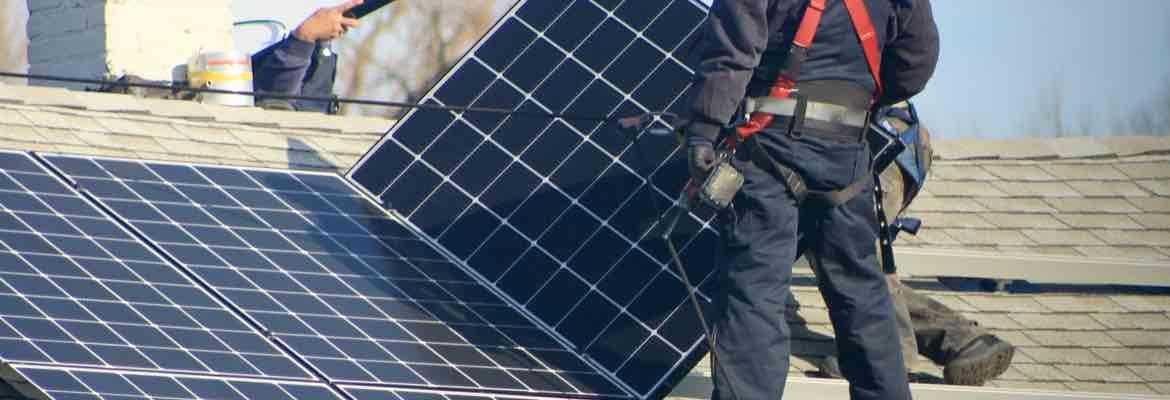
RAE Solar
| Types Of Energy Installed | Solar Electric PV |
|---|---|
| KW's Installed | 0 |
| http://www.raesolar.com | |
| Market | Residential Properties |
|
The process to convert sunlight into electricity is called photovoltaic and we can trace this word back to Greece and Italy. Photo comes from the Greeklanguage meaning light and voltaic in honour of the Italian physicist Count Alessandro Volta whose name is used for the measure of electricity(electromotive force)-the volt. Often the word photovoltaic is shortened simply to PV for ease of use.The fundamental component of a photovoltaic system is the PV cell - often called solar cell. Solar cells are made of special materials called semiconductors. Silicon is currently the most common semiconductor used in solar cells. When sunlight shines onto the solar cell an amount is absorbed as energy into the semiconductor material.This energy knocks electrons loose from the semiconductor's atoms allowing them to flow freely inside the material. Contacts on either side of the cell capture these electrons converting them into an electrical current - power from the sun. The DC power from the Solar array is only useful for charging batteries as far as your home is concerned, so we have to convert it to the AC electricity that we all need to run our appliances and lights. We do this by installing a DC to AC Inverter, usually in your loft space but it can be installed anywhere you prefer . . . even outside! Our fully qualified and NICEIC registered Electricians will install a new cable between your Inverter and your existing Fuse Board. The Inverter is wired the same as any other circuit in your home. The only difference is the Inverter won't be taking power from your Fuseboard, but putting power in. The cable installed between your Inverter and Fuseboard has a Generation Meter installed at a position most suitable for you. This is similar to your existing Electricity Meter in that it records all of the electricity passing through it. In short, all of the electricity generated by you Solar Array. This is where the Feed in Tariff comes in. You will be paid your eligable tariff for EVERY unit of electricity recorded on your Generation Meter. That's regardless of whether you have used every Watt or exported some back to the National Grid. On top of your Feed in Tariff your Electricity Provider also offers you an Export Tariff. They will pay you this for 50% of your generation and this is to pay for the electricity that you do export to the Grid where they charge someone else for using it. We advise you mark the 'Opt In' section of your Feed in Tariff Application form. Our team will happily assist you in the completing of this form to ensure you receive all the benefits you can from the Investment on your roof. |

